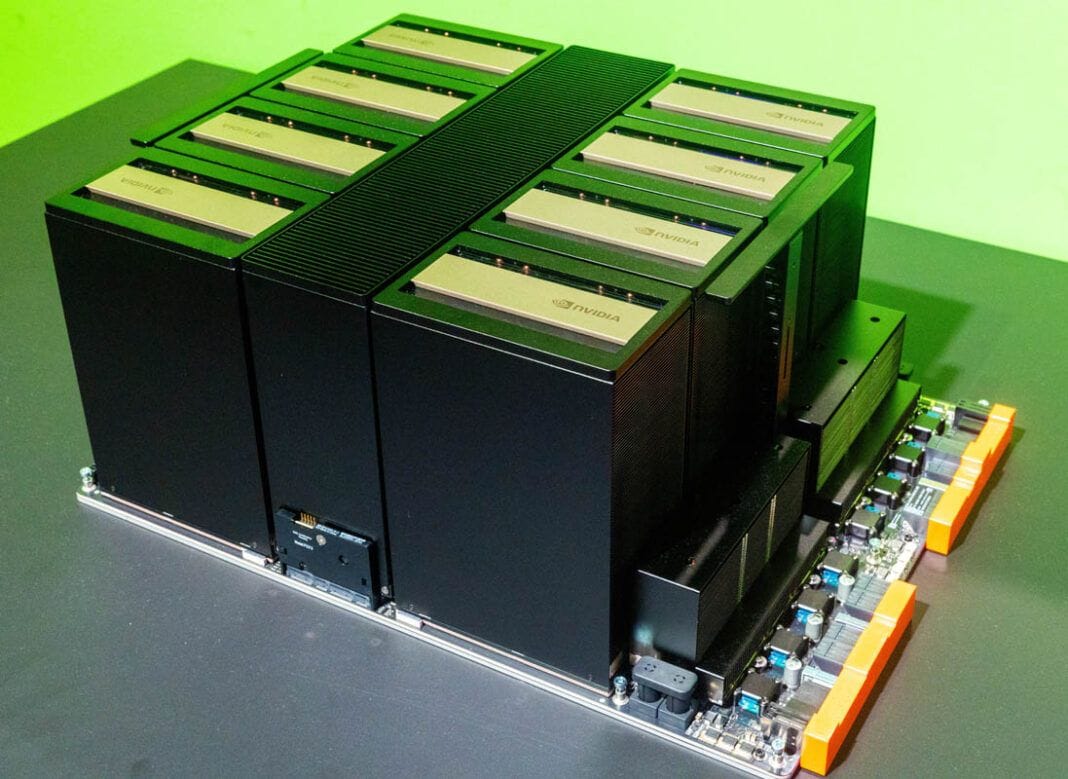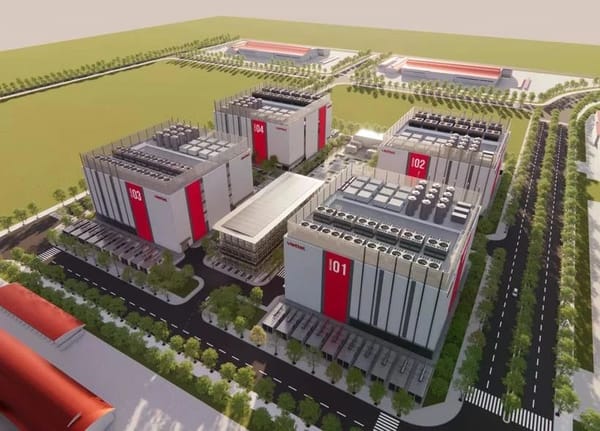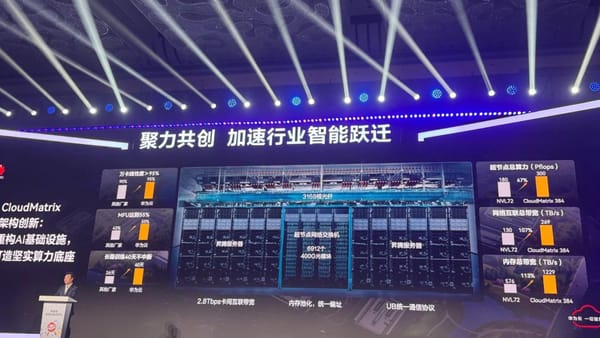Performance and customisation are key draws of Nvidia's GB300
And edges closer to mandatory liquid cooling as power levels hit 1,400 watts.

Nvidia released the B300 just last month, its latest GPU based on the Blackwell architecture. Here's how it's better than its predecessors.
I wrote yesterday about Huawei's upcoming Ascend 920 GPU and how its new CloudMatrix 384 beats Nvidia's GB200 NVL72 supercomputer in performance.
Well, Nvidia has released its next-gen AI offering: the GB300. Here's how this upcoming GPU is better than the GB200.
Built for reasoning
The B300 GPU is positioned as purpose-built for the latest reasoning models and the enhanced performance these AI models require.
The greater performance comes from:
- System-level optimisations.
- Architectural enhancements.
- Power optimisations via power sloshing*.
- Use slightly more power, from 1.2kW ➛ 1.4kW.
Dynamic reallocation of power between CPU and GPU.
A look under the hood
According to Semianalysis, here are some key specifications of the GB300.
- TSMC 4NP process node.
- Support for 800Gb/s networking.
- 50% higher FLOPS versus the B200.
- Increased HBM memory to 288GB per GPU.
Crucially, the GB300 offers greater customisation: With the GB300, hyperscalers and server makers can now customise the main board, cooling, and much more.
Due to the greater ability for customisation and higher FLOPS, orders from hyperscalers have unsurprisingly shifted to GB300.
Towards liquid cooling
The trend is clearly moving towards the mandatory use of liquid cooling with AI workloads, given the increased power consumption.
Of course, whether we will see an air-cooled GB200 ultimately depends on what GPU server makers and hyperscalers come up with.
Tomorrow, I'll take a closer look at an example of a GB300 server by Asus.




